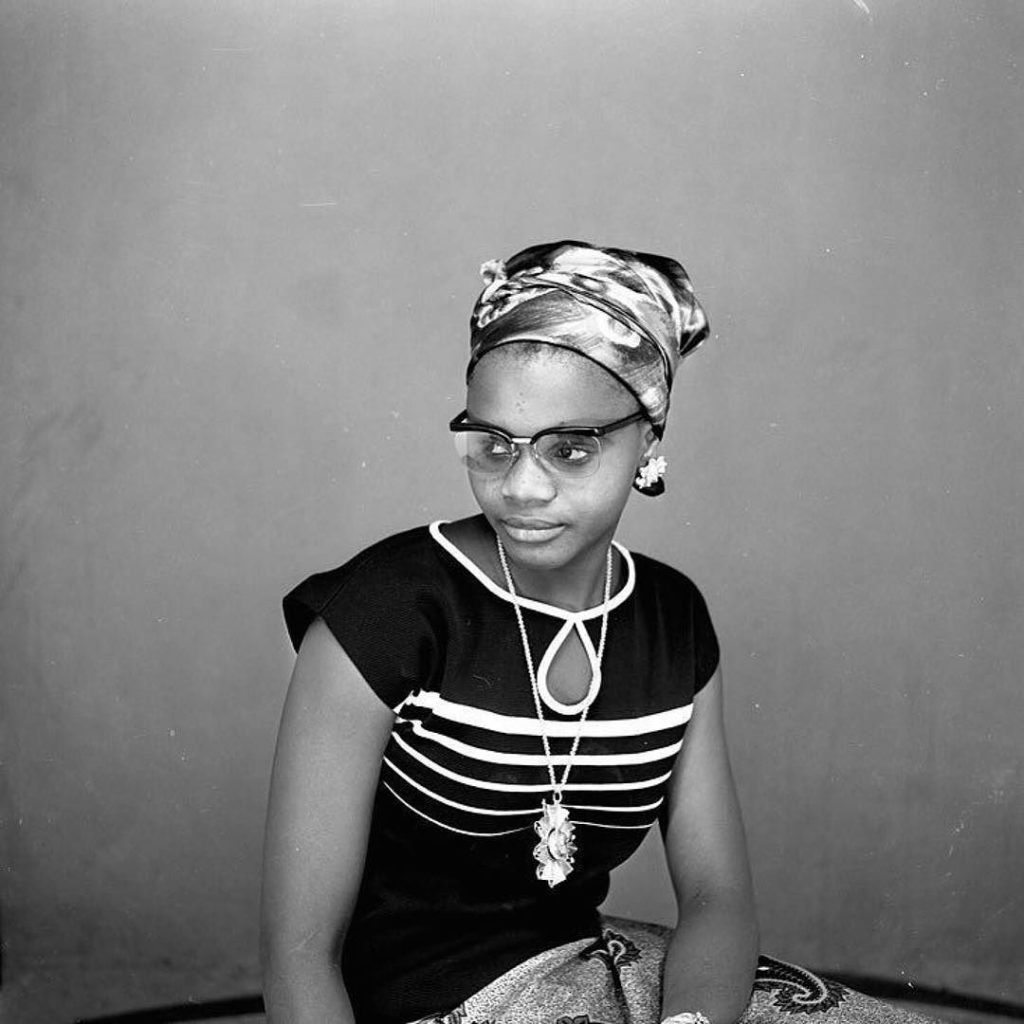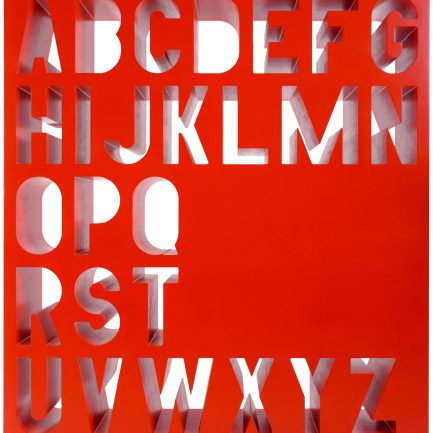Adama Kouyaté was a Malian photographer born in 1928 and died on 14th February 2020). He is considered by many to be an icon of contemporary African photography. Adama Kouyaté is renowned for his predominately monochrome studio images which capture a distinct cultural moment following Mali’s liberation from French colonial rule. These intimate portraits are infused with optimism, pride and speak of Mali’s emergence as an independent country from French colonial rule.
Adama Kouyaté began his career in Bamako, Mali in 1944, at the time Bamako was the then-capital of French Sudan. Following his relocation there aged 17, he began work as an apprentice shoemaker. It was on Christmas 1946 that his interest in photography began after the revered Malian photographer Bakary Doumbia took a portrait of him and his girlfriend. Beguiled by the image, Kouyaté secured an apprenticeship with this pioneer at his studio in the Dravela district.
Adama Kouyaté later joined French photographer Pierre Garnier—regarded as the ‘white master of West African photography’—as a photo-enlarging assistant in Photo Hall Soudanais: Garnier’s studio, a place frequented predominantly by civil servants.

“Jeune fille élégante (Elegant Young Lady)” (1967) by Adama Kouyaté Credit: Courtesy Adama Kouyaté/Black Shades Project 
Adama Kouyate – Untitled 1967
It took only two years before Adama Kouyaté established his own photography studio in Kati, close to Bamako. Opening in 1949—a time when portrait photography was on the rise, in part due to post-war optimism—Photo Hall Kati was the first in a series of studios the artist founded.
Over the course of the 1960s, in the wake of Mali’s independence, Adama Kouyaté travelled around West Africa. Supplementing his photography with income made as a truck driver, he opened Photo Hall Voltaïque in Ouagadougou, Burkina Faso, and Photo Hall Ivoire in Bouaké, Ivory Coast. With celebration in the air and the promise of a new era, the studios documented the emergence of Africa’s middle classes.
Adama Kouyaté’s greatest success came in 1969 when he inaugurated his fourth and most renowned studio, Photo Hall d’Union, in Ségou, Mali. Returning to Mali following its first military coup, this became the city’s sole studio and was inundated with customers, from those wanting to record seminal life moments such as weddings to friends posing with the accoutrements of a modern lifestyle. In Kouyaté’s studio watches, radios, and LP players were available and added to the representation of an abundant lifestyle.

Adama Kouyaté – Untitled, Bouaké, 1967
Characteristic of West Africa’s photo studio images and his contemporaries including Malick Sidibé, Adama Kouyaté’s shoots would frequently take place in front of a draped fabric often featuring a palm tree. Using a Rolleiflex camera with studio lights, Kouyaté’s photographs, such as Untitled, Bouaké (1967), are seductive, elegant, and smooth over the realities of everyday life in an area struggling to stabilise since political liberation. Kouyaté’s photographs continue to be very much in demand and his influence felt in his training of many of the area’s photographers. He maintains his popular studio practice today.
Adama Kouyaté’s photographs have been exhibited in Five Photographers from Mali, Michigan State University Museum (2018); Photographing the Social Body: Malian Portraiture from the Studio to the Street, Perlman Teaching Museum, Northfield (2012); and The photographic collection of Fnac: a selection proposed by Martin Parr, Palais de l’Archevêché (2004); amongst other presentations.
Select Exhibitions
La Librairie Photographique, Paris (2011)
“Photographing the Social Body: Malian Portraiture from the Studio to the Street”, Perlman Teaching Museum, Northfield, Minnesota
Art Works Loved by our Collectors




 No products in the basket.
No products in the basket.